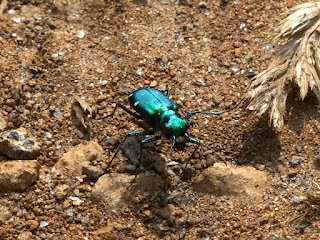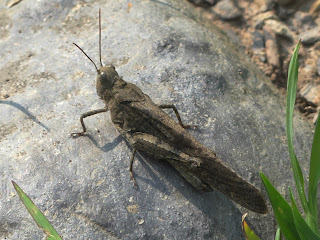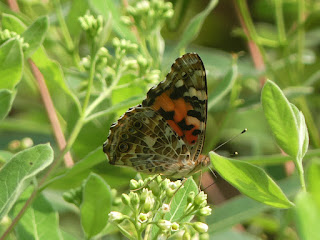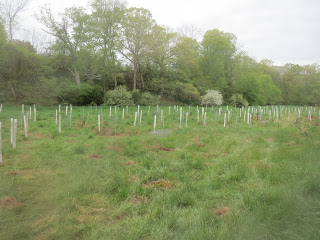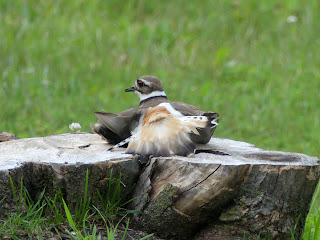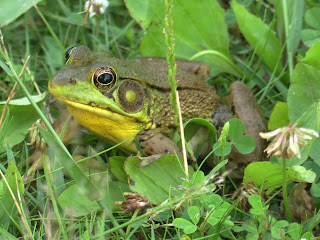A Butterfly and Bee at Lunch

Butterfly Milkweed isn't just of butterflies, proven by both an Eastern Tiger Swallowtail and a bumblebee both stopped by for lunch. Butterfly Milkweed is like Cheers for thirsty pollinators, where lots of colorful, diverse characters drop by to wet their whistles. If anything, the "clientele" on these flowers is more diverse than the personalities at a bar; between butterflies, bees, moths, wasps, flies, beetles, etc. are far less closely related than the humans in a bar. July 6, 2023 at Scherman Hoffman Wildlife Sanctuary Photo 301262427, (c) jpviolette, some rights reserved (CC BY-NC)






